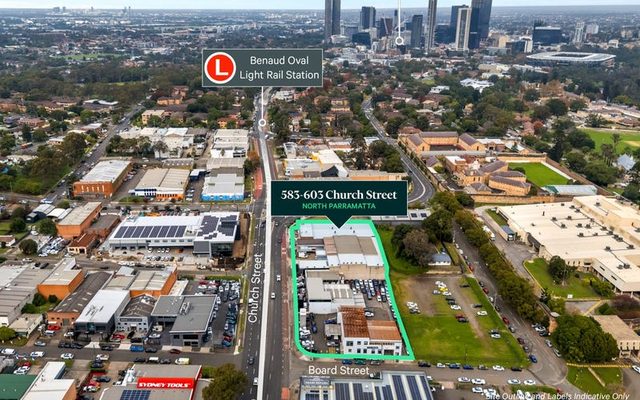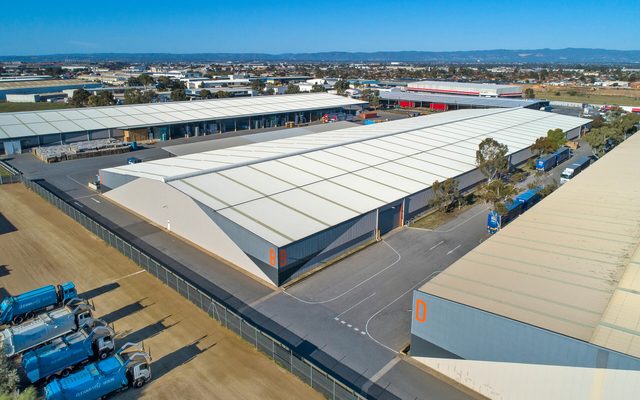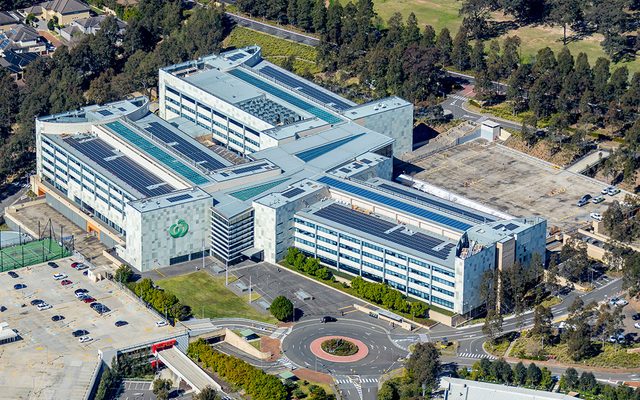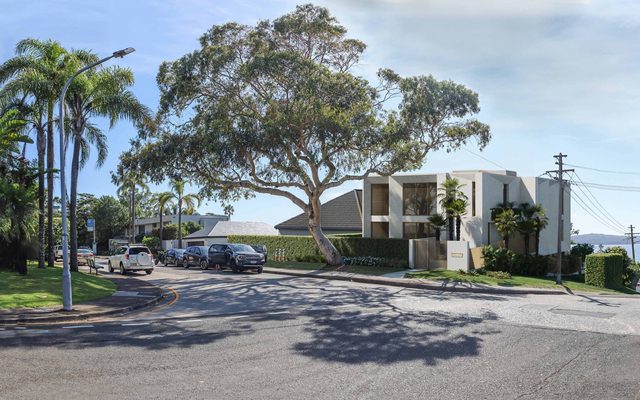This article is from the Australian Property Journal archive
CHINESE buyers are spending more than $5 billion a year on residential property in Australia, mainly Sydney and Melbourne, accounting for 12% of new housing supply, according to a report by Credit Suisse.
Credit Suisse said Chinese buyers spent approx $5.4 billion in Australia, representing 18% of new supply in Sydney and 14% in Melbourne. In total, they have spent $24 billion over the past seven years.
Credit Suisse analysts Hasan Tevfik and Damien Boey said there are currently 1.1 million Chinese that can easily afford to buy an apartment in Sydney and they estimate the number will rise by 30% by 2020.
“While Australia has some of the most unaffordable housing in the world, further strong Chinese demand can push prices even higher,” they said.
“House price to income ratios rank Sydney and Melbourne four and five amongst the most expensive big cities in the world, surveyed by Demographia. The median house price has risen in both cities by 45% and 33%, respectively, since financial crisis lows (Figure 3). Incomes are up just 18% and 25%. A generation of Australians are being priced out of the property market. Many face a life time of renting. Others are considering a move to the cheaper city fringes, areas which are notorious for their considerable infrastructure deficit.
“Chinese buyers are often cited as a reason for unaffordable housing in Australia. The Australian media has been lit up with emotive reports of how the Chinese are pushing up prices to stratospheric levels. Data outlining the magnitude of flows into Australian property from China is difficult to gather,” they said.
The Australian Property Institute of Victoria senior vice president Aldo Galante said observations by the API confirms the FIRB and Credit Suisse data.
“There is little doubt the Australian property market is very appealing to overseas buyers and particularly, cashed up Asian investors.
“Australian is a very stable environment for investors. We have a stable government, and resilient economy and quality housing. It is little wonder Australia is the idol of foreign housing investors,” he added.
Galante said the perceived view that foreign investors are ‘pricing out’ local buyers is being exaggerated in the API’s view.
Tevfik and Boey said Chinese money enters the market via four legal routes. First, a Chinese citizen who resides in Australia or is a temporary resident buying a new dwelling, often off-the-plan. Second, a Chinese citizen buying an established house, which is where the Significant Investor Visa (SIV) comes in. Third, they buy a residential property for redevelopment.
The first three requires Foreign Investment Review Board approval, however if a Chinese buyer is a permanent resident buying a property, they do not need FIRB approval.
The same applies for a Chinese resident who uses an Australian-based family member, friend or solicitor to buy property with their own money.
“While this is still money entering Australia from China, we are not able to measure it. For this reason, we believe our calculations may understate the potential Chinese flows into Aussie property,” the analysts said.
Over the next seven years, Chinese buyers are forecast to spend $44 billion on Australian residential property.
Credit Suisse’s research coincides with recent data that shows China’s residential property market is showing signs of cooling following 12 years of growth.
A survey of 100 Chinese cities by the China Real Estate Index System found the average price increased by 0.54% in February when compared with January, which was also down from 0.63% in December. Over the 12 months period to February, prices increased by 10.79%, in January the annual growth was 11.1% and in December the annual growth was 11.5%.
It remains to be seeing whether the slowdown is a response to the Chinese government’s measures to decelerate the booming housing market, such as a 20% of capital gains tax on the sale of second homes and a 60% tax for married couples when they buy a second home.
The analysts said the recent decision by the Canadian government to end its version of the Significant Investors Visa (which was also exceptionally popular with the Chinese) could potentially redirect demand to Australia.
“The marginal buyer of Sydney and Melbourne real-estate has changed, as have the drivers of property prices.
“The emergence of the global property investor means that valuation methods like house price to local income ratios are becoming obsolete. Residents of central London have known this for some time. Many of which are well paid investment bankers but are still struggling to buy in the capital where many of the owners are wealthy individuals from the Middle-East, North Africa and other parts of Europe.
“While the differences in recent house price and wage inflation in Sydney has not been as extreme as London just yet, we think the two cities have plenty in common. In both cities property rights are protected. Both cities are in transparent democracies and within an overnight flight away from less democratic countries with less transparent governments. And both the UK and Australia have their borders open to new immigrants, especially if they are rich,” Tevfik and Boey said.
Property Review



